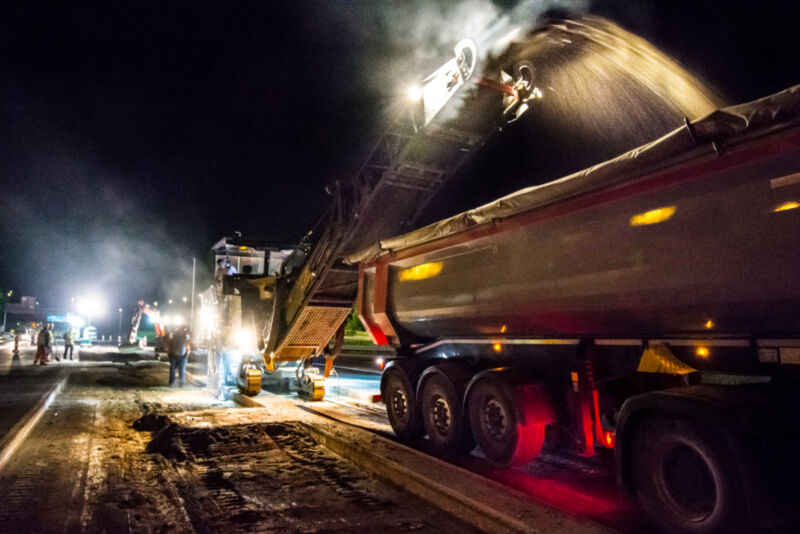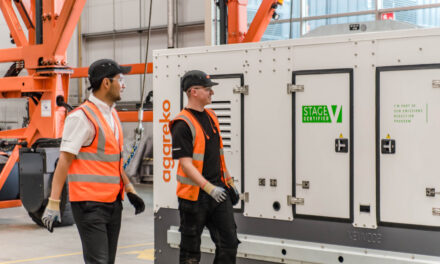While roads have been made safer than they have ever been for users, road construction remains an extremely hazardous occupation. With work often taking place in treacherous and noisy conditions, it is imperative that the correct safety devices are used to protect workers.
In the UK, according to a report published by the HSE, being struck by a moving vehicle was the second most common cause of work-related fatalities.
Technology is vital for reducing road worker injuries by eliminating blind spots on commercial vehicles and providing real-time, and reliable, alerts to drivers when there is potential for a collision.
However, site managers need to be confident that the technology is right for the environment, as Emily Hardy, Marketing Manager at Brigade Electronics, explains:
“Road construction workers often complete their jobs in demanding environments. Alongside the potential for extreme weather conditions and the debris that comes with the job, more road construction is taking place at night. While this minimises the disruption to road users, it does increase the safety risks for workers. Preventing collisions and injuries can therefore be a challenging task.
“But there are safety device options that are resilient to demanding conditions. These can be relied upon to continue to protect workers during low light, loud noise, high and low temperatures, and when visibility is compromised. It is these types of tough products that should be used to protect the lives of road construction workers.”
With a Backsense radar obstacle detection system and heavy-duty camera system, such as the Backeye360, blind spots are eliminated. The system will identify people and objects, whether stationary or moving, and provide the vehicle operator with in-cab visual and audible alerts, even in difficult environments.
Simple reversing alarms have long been a solution to alerting those on the ground. However, research has shown that old-fashioned tonal alarms may be adding to the problem. In tough and noisy environments, it is not always easy to locate the direction from which the alarm originates. Multi-frequency alarms, such as Brigade Electronics’ bbs-tek White Sound reversing and warning alarms, are solving this problem. Rather than the traditional ‘beep’ of tonal alarms, they create a ‘ssh-ssh’ sound which dissipates quickly, meaning the alarm can be instantly located and heard in the danger zone.
Emily Hardy added: “While passive systems, such as mirrors and cameras, do help the driver to spot people and objects in blind spots, utilising proactive technology that site managers can rely on to provide reliable alerts, no matter the conditions, are key to protecting the lives of road construction workers.”




